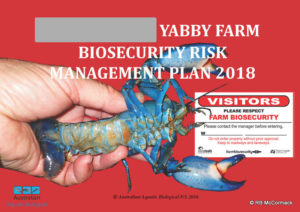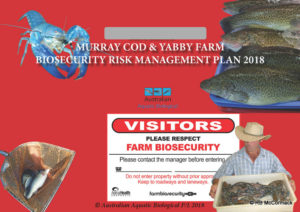Main
Aquaculture Farm BiosecurityDate:
Category:
Articles
Back in May 2019 at a meeting of representatives from the Seafood Industry in NSW, one of the greatest industry issues identified was the threat posed by confused animal activists and crazed vegan vigilantes invading NSW farms. Our concerns were passed on to the Minister as were similar concerns from other primary industries. We are very fortunate in NSW that we have a Government and Ministers that listen to industry and do what they can to help and support us. Our Minister the Hon. Adam Marshall, MP and the whole NSW Government recognised the risk of biosecurity breaches caused by thoughtless animal activists or vegans invading family farms. Consequently they updated the Biosecurity ACT 2015 and new penalties came into effect from the 1st August 2019. Now, anyone who enters a designated biosecurity area without permission and without complying with the plan’s requirements may be guilty of an offence under the Biosecurity Act 2015, and subject to the new, much harsher penalties. Authorised officers such as NSW Police will be able to issue $1000 on-the-spot fines. Further penalties will be available to Courts, including $220,000 for individuals and $440,000 for corporates. To ensure the new offences are applicable to your farm, you will need to have a biosecurity plan in place and appropriate signage to warn all those entering your farm whether legally or illegally. You must ensure your biosecurity management plan is always up-to-date and sets out all reasonable measures to prevent, eliminate or minimise biosecurity risks, and ensure you are actively following it. In NSW all new aquaculture farms require a Biosecurity Risk Management Plan as part of the approvals process. No plan = no approval. Existing farms as of December 2019 don’t need a plan as a mandatory requirement but it’s only a matter of time before this is a requirement so don’t delay, do your plan now. Plans are not small documents they are extensive publications that cover all aspects of your aquaculture farm. Templates are being prepared and may be available in the near future so you can do your own. Otherwise you can get a consultant like RBM Aquaculture to do one for you; they charge around $1100/plan.
For a biosecurity plan to be functional:
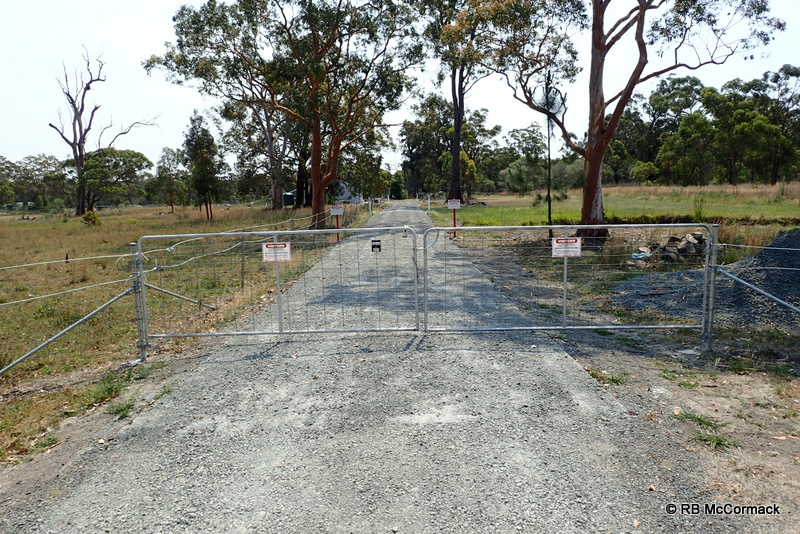
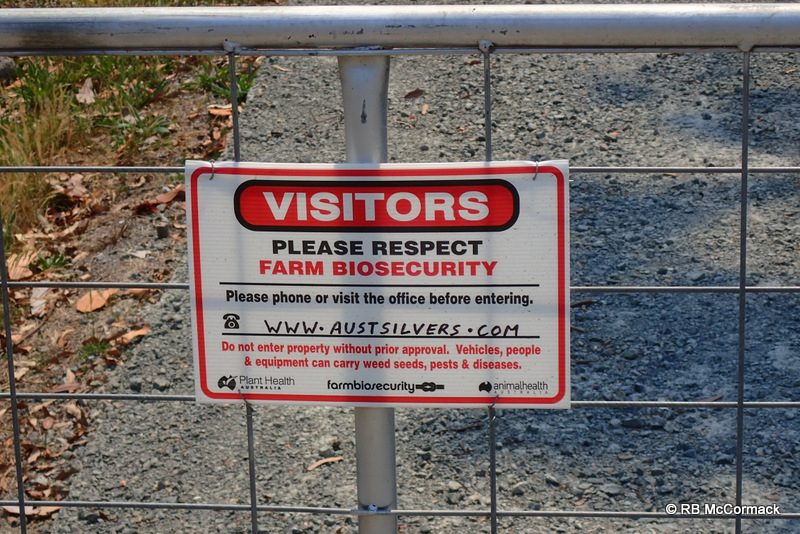
The new amendment to the Biosecurity Regulation 2015 provides aquaculturalists with extra protection against biosecurity risks caused by unlawful entry to your premises. The changes make it mandatory for any farm or site visitors to comply with your biosecurity management plan, but you must have the signs to tell people. 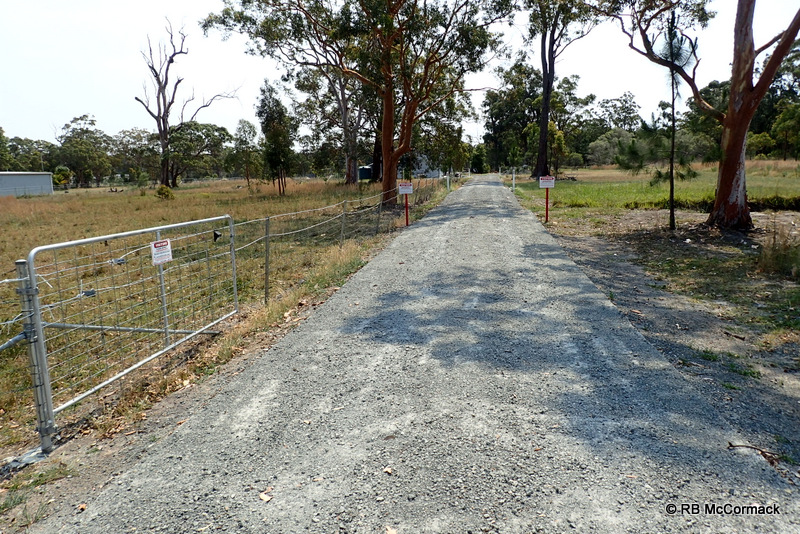

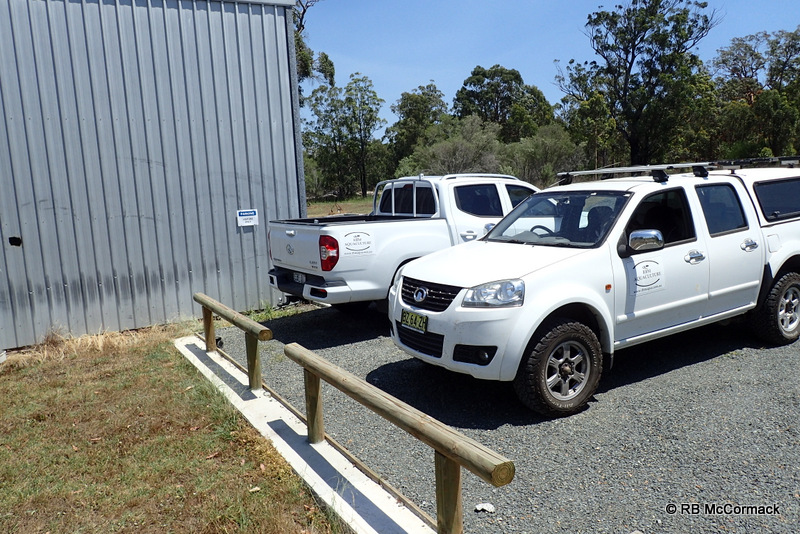
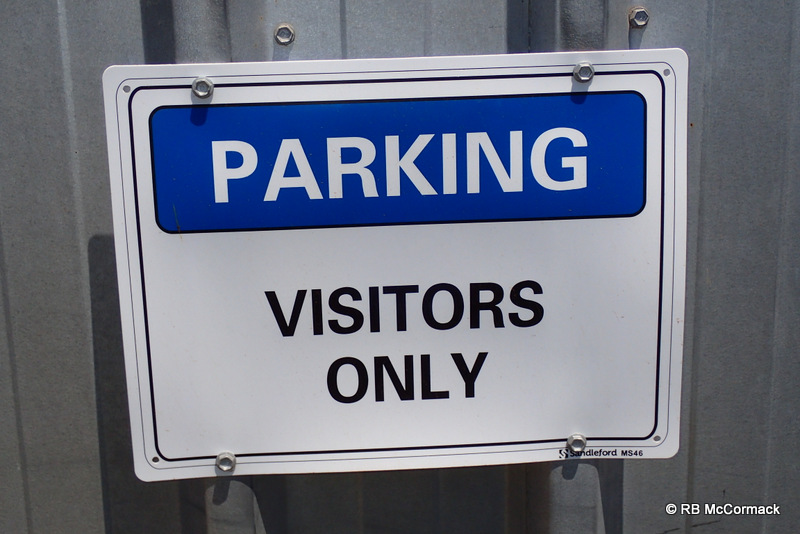
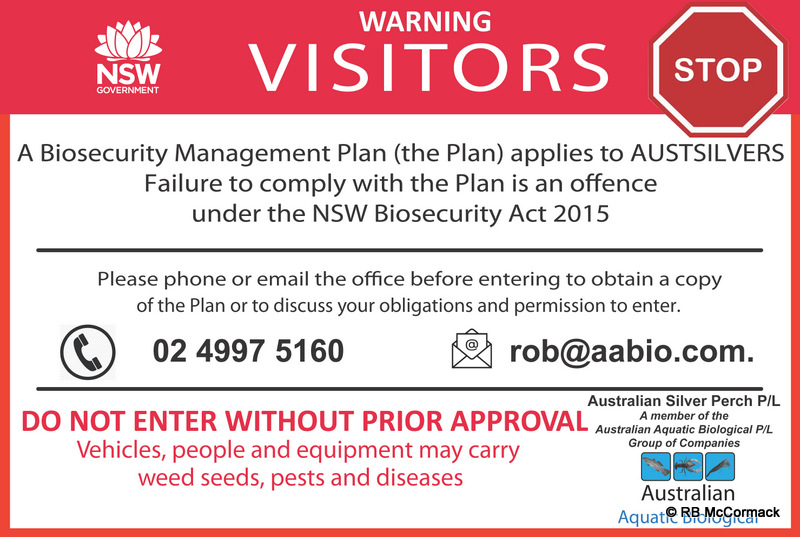
The NSW Government has a mass of information, if you need more , go to: Aquatic biosecurity is all about protecting your farm, the health of your aquatic stock, you and your workers health, and your whole farm from aquatic pests, diseases, noxious weeds, as well as unwanted invaders/visitors. Your Biosecurity Risk Management Plan consists of procedures and management practices that minimize the risk of introducing any infectious disease to your farm or stock and minimises the risk of any infectious diseases or stock leaving your farm to spread disease to other species, the community or environment. Good management and biosecurity practices will save you money in the long run, you will also reduce stress to your fish or crayfish, making them less susceptible to any diseases. Don’t, procrastinate, start your plan today to protect you and your farm!
|

